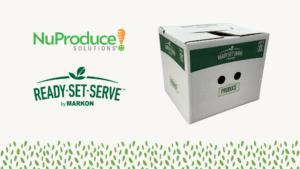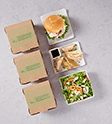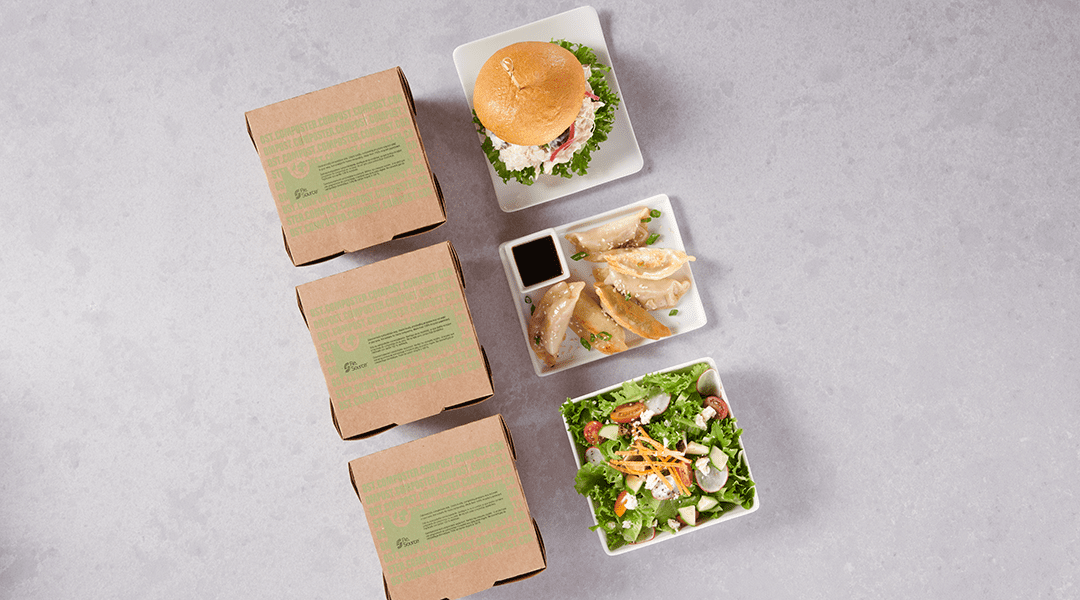How many dollars does your business throw into the dumpster every year? A head of lettuce, or a pound of hamburger might not seem like much, but every month they add up to a big pile of dollar bills.
Waste, spoilage, overstocking, and theft are all “hidden” food costs that can seriously impede your cash flow. Proper inventory management will help you uncover and reduce food waste costs and maximize the dollars you spend on product.
Gordon Food Service Non-Commercial Chain Manager Sherry Fruge says:
“A sizable portion of all your operational costs is tied up in the products you purchase. Managing inventory is a way to maximize every dollar spent, because it helps reduce waste, spoilage, and overstocking. A system with good checks and balances will also help eliminate the opportunity for theft.”
Here are 7 tips to effectively reduce food waste and control your food inventory:
1. Assign a Team
Choose the people responsible for “owning” the entire inventory process—including how product is organized and received. Look for trustworthy individuals who are analytical in nature and not intimidated by a little math.
2. Train them Well
Make sure your team members understand and are adept at the inventory method you use. They need to know your inventory categories, purchase units, issue units, food inventory list, and more. Also impress upon the rest of your staff how important a well-managed kitchen food inventory list is to your operation.
3. Make it Routine
Establish a set frequency for your inventory count—weekly, monthly, yearly, or even at the close of each business day. The more often you take inventory, the easier it is to identify and correct problems.
4. Make it Easy
Organize inventory sheets to align with the location of products on your shelves. That way, the inventory-taker won’t be running back and forth between locations from item to item. Two people make the process even easier—one can count, and the other can record the information on the sheet.
5. Set Inventory Par Levels
A par level is the minimum quantity of an item you need to have in inventory to make it to your next delivery. If the on-hand quantity is lower than the par level, simply order what you need to bring it back up to par. Cycle menus make it easier to establish accurate par levels.
6. Mind your Menu
Monitoring inventory will help you focus on the opportunities and efficiencies of cross-utilization. If you discover that an ingredient is being wasted or spoiled because you don’t use enough of it, you can devise ways to integrate it into other dishes. Cross-utilization will lower the number of items in your inventory. Also, be sure to refer to your inventory data when you’re changing menus, with the aim of minimizing waste.
7. Inventory Management Software
Food service inventory management software can make every aspect of the inventory process exponentially easier. Look for a solution that’s compatible with your ordering, recipe, and invoice systems so that you can easily monitor your cost of goods sold (COGS), inventory valuation, and inventory trends. Choose a program that’s intuitive and easy to use for every member of your inventory team. You may even want to consider one that allows you to perform physical inventory counts on smartphones and tablets.




























